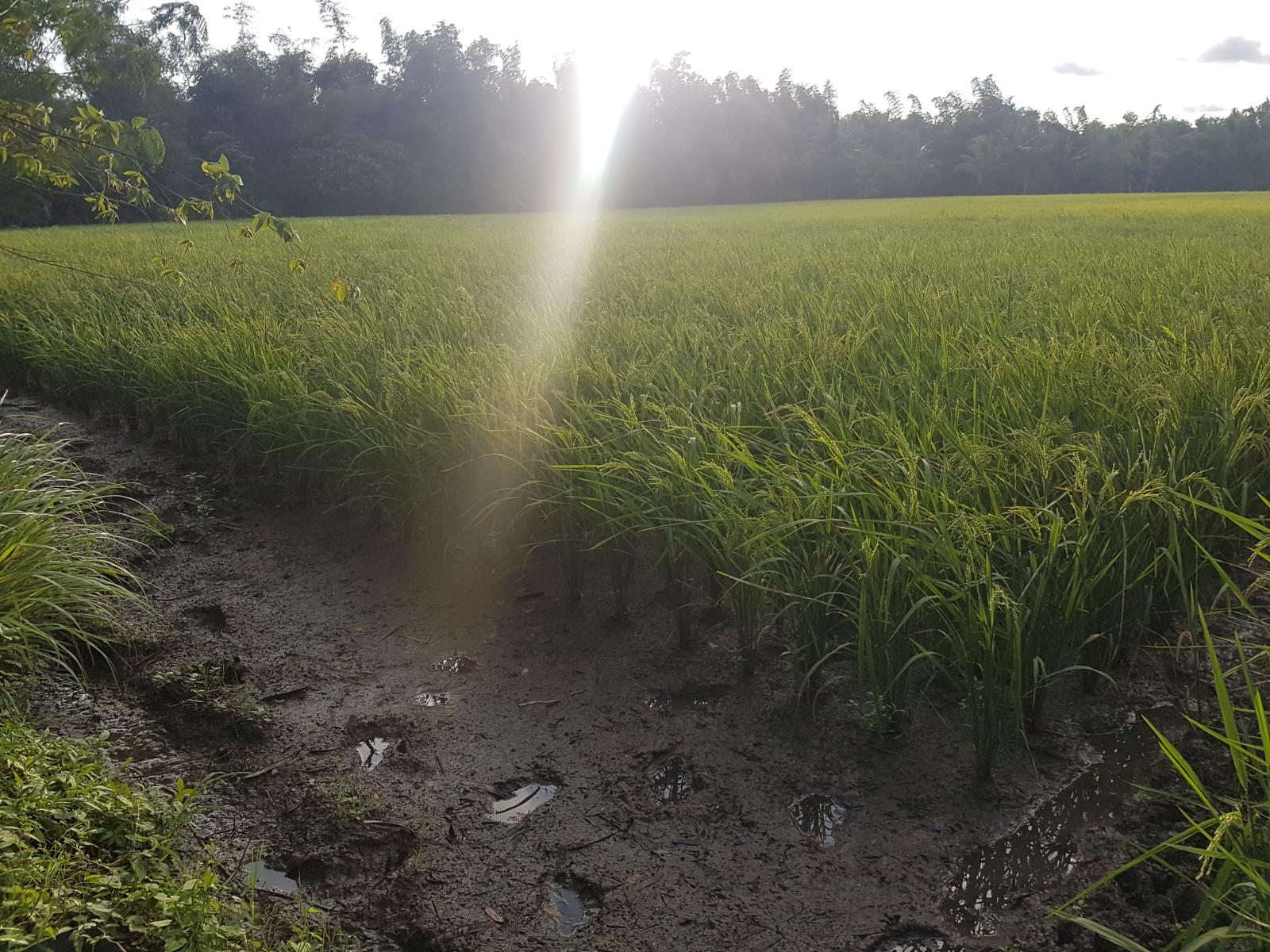An Overview Of Our Solution
- Population Impacted:
- Continent: Asia
Organization type
Population impacted
Size of agricultural area
Production quantity
People employed
Describe your solution
Describe your implementation
External connections
What is the environmental or ecological challenge you are targeting with your solution?
Describe the context in which you are operating
With a poverty rate of 24%, Zarraga's proximity to the bustling and progressive city of Iloilo (15 kms away) has not been a benefit to its predominantly agricultural communities. On the other hand, it is among one of the first towns where agrochemical supplies are being delivered and where government subsidized programs sponsored by agrochemical companies are aggressively pushed. Two years ago, hybrid rice programs by the government has convinced rice farmers to convert 200 hectares into hybrid rice cultivation. In 2016, this has increased to 450 hectares, almost 20% of the total rice land area. Rapid urban development has also lured farm laborers to higher paying construction jobs leaving an aging group of farmers (58-60yrs old) left to do the work,
The government's battlecry for "Rice Self-Sufficiency" to address a growing population has resulted in government policies, agricultural extension programs and research efforts catering more towards high-input high-yielding varieties. Farmers have to then apply significantly more agro-chemical inputs just to attain better yields. Finally, middlemen and traders buy paddy rice at very low farmgate prices leaving most farmers in a vicious cycle of debt and chemical dependence.
Promoting organic SRI to restore soil biodiversity and reduce costs in this backdrop is a formidable task considering that there are currently no government programs nor policies which can justify institutionalized support for organic SRI.
How did you impact natural resource use and greenhouse gas emissions?
Language(s)
Social/Community
Water
Food Security/Nutrition
Economic/Sustainable Development
Climate
Sustainability
The limited initial funds were used solely for the manufacture of organic fertilizers. The affordable availability of organic inputs and amendments not only spurred the promotion of organic SRI but was the key factor in sustainability as farmers paid for inputs during harvest and the funds were reused to make additional organic fertilizers.
Farmer empowerment through the establishment of post harvest facilities and provision of mechanization will enable additional income for farmers from the use of these facilities and tequipment. The cooperative nature of the organization provides for distribution of proceeds among member farmers and promotes a strong sense of ownership and accountability for the project.
Return on investment
Entrant Image

Entrant Banner Image

